Growth in Infrastructure Development
Infrastructure development is a critical driver for the Sodium Naphthalene Sulphonate Formaldehyde Market. Governments and private entities are investing heavily in infrastructure projects, including roads, bridges, and public facilities. This trend is expected to continue, with infrastructure spending projected to reach trillions of dollars in the coming years. Sodium Naphthalene Sulphonate Formaldehyde Market plays a vital role in enhancing the properties of concrete used in these projects, ensuring longevity and durability. As infrastructure development accelerates, the demand for high-quality concrete additives is likely to rise, further propelling the growth of the Sodium Naphthalene Sulphonate Formaldehyde Market.
Rising Demand in Construction Sector
The Sodium Naphthalene Sulphonate Formaldehyde Market is experiencing a notable surge in demand, primarily driven by the construction sector. As urbanization accelerates, the need for high-performance concrete additives has increased. Sodium Naphthalene Sulphonate Formaldehyde Market serves as a superplasticizer, enhancing the workability and strength of concrete. Recent data indicates that the construction industry is projected to grow at a compound annual growth rate of approximately 5.5% over the next few years. This growth is likely to bolster the Sodium Naphthalene Sulphonate Formaldehyde Market, as manufacturers seek to meet the rising requirements for durable and sustainable building materials.
Regulatory Support for Sustainable Practices
Regulatory frameworks promoting sustainable practices are emerging as a significant driver for the Sodium Naphthalene Sulphonate Formaldehyde Market. Governments are increasingly implementing regulations that encourage the use of eco-friendly materials in construction and other industries. This shift towards sustainability is prompting manufacturers to innovate and develop products that align with these regulations. The Sodium Naphthalene Sulphonate Formaldehyde Market stands to benefit from this trend, as its products are often viewed as environmentally friendly alternatives to traditional additives. As regulatory support strengthens, the market is expected to grow, driven by the demand for sustainable solutions.
Increasing Adoption in Agricultural Applications
The Sodium Naphthalene Sulphonate Formaldehyde Market is witnessing an increasing adoption of its products in agricultural applications. As the need for efficient water retention and nutrient delivery in soil rises, Sodium Naphthalene Sulphonate Formaldehyde Market is being utilized in soil conditioners and fertilizers. This trend is supported by the growing emphasis on sustainable agricultural practices. Recent studies suggest that the use of Sodium Naphthalene Sulphonate Formaldehyde Market can enhance crop yields by improving soil structure and moisture retention. Consequently, the agricultural sector's expansion is likely to contribute positively to the Sodium Naphthalene Sulphonate Formaldehyde Market.
Technological Innovations in Chemical Formulations
Technological advancements in chemical formulations are significantly influencing the Sodium Naphthalene Sulphonate Formaldehyde Market. Innovations in production processes and formulation techniques have led to the development of more efficient and effective products. These advancements not only improve the performance of Sodium Naphthalene Sulphonate Formaldehyde Market but also reduce production costs. As a result, manufacturers are increasingly adopting these technologies to enhance product quality and expand their market reach. The market is expected to witness a growth rate of around 6% annually, driven by these innovations that cater to the evolving needs of various industries, including construction and agriculture.
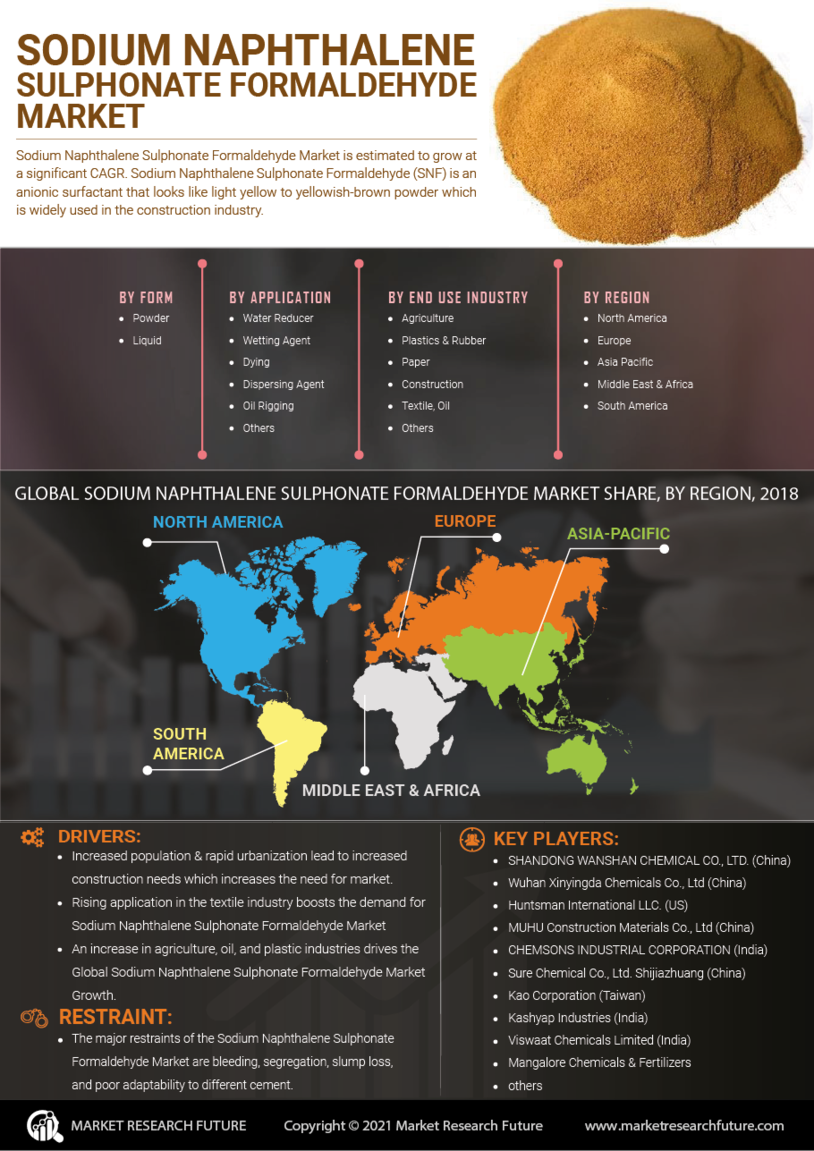

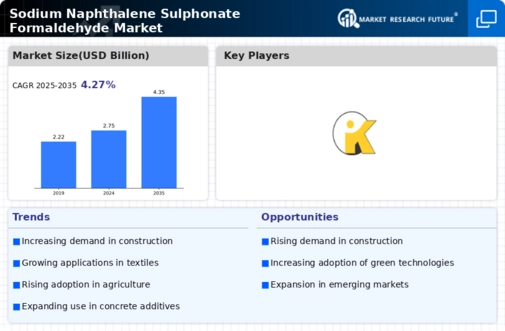
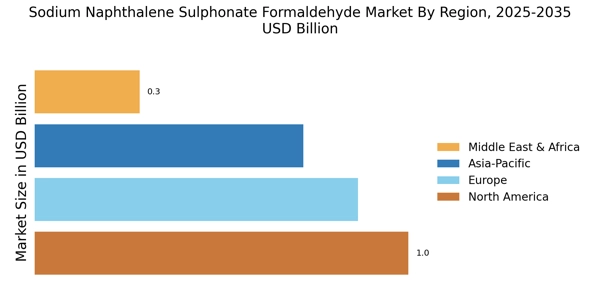


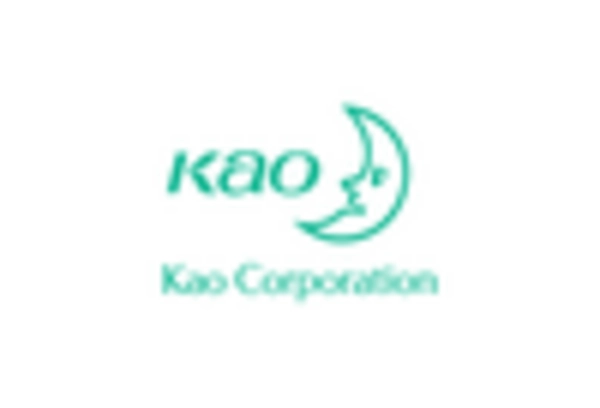
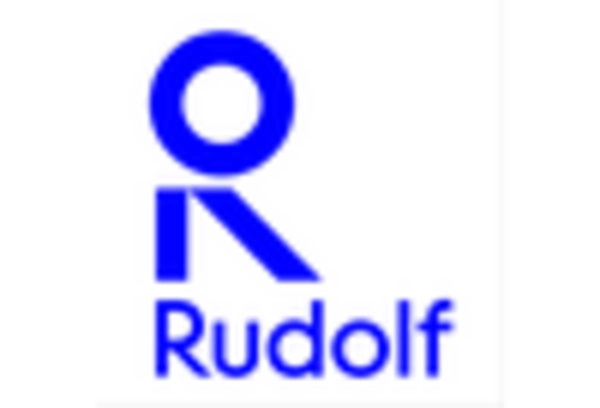
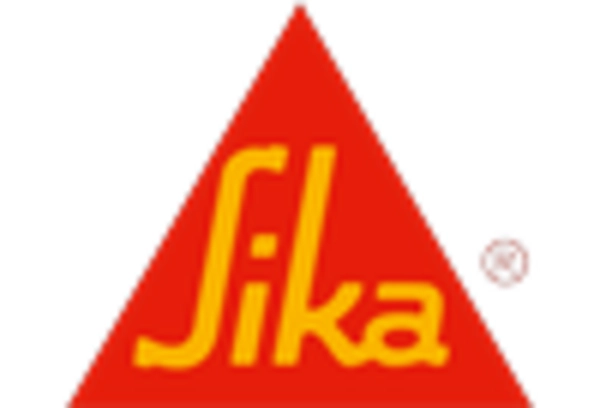









Leave a Comment